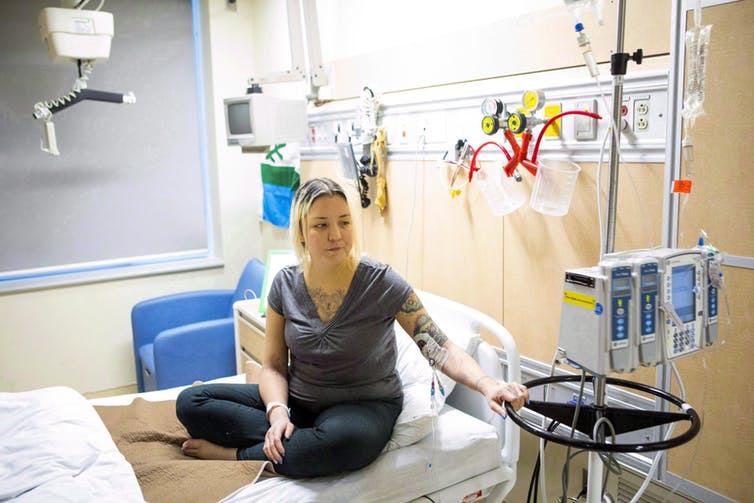How patient stories can improve intensive care

The hospital intensive care unit (ICU) has traditionally been a closed environment, where patient, nurse, doctor and family stories are lost.
Christiane Job McIntosh, Sean Bagshaw and Tom Stelfox are Canadian researchers in intensive care. They have found that the sharing of stories brings humanity into the daily business of providing care. It also has the potential to transform health-care policy and delivery [see research paper: “Reconciling patient and provider priorities for improving the care of critically ill patients: A consensus method and qualitative analysis of decision making“]
Opportunities to share stories about care, in settings away from the hospital, serve to bridge the gap between the experiences of patients and those of doctors and nurses.
The 21st century re-orientation of health care towards patient-centered care – respectful and responsive to individual patient preferences, needs and values – involves listening to, and integrating, patient perspectives.
Rarely are there opportunities for former patients, family members and clinicians to meet face-to-face in public and have candid conversations about how to improve the giving and receiving of hospital care.
[Yet] collective storytelling has been embraced by counsellors and psychologists as therapeutic.



